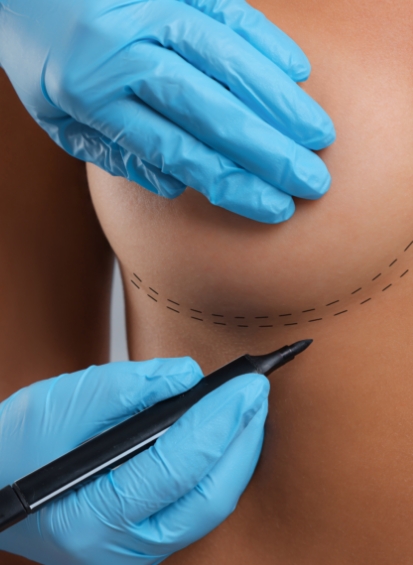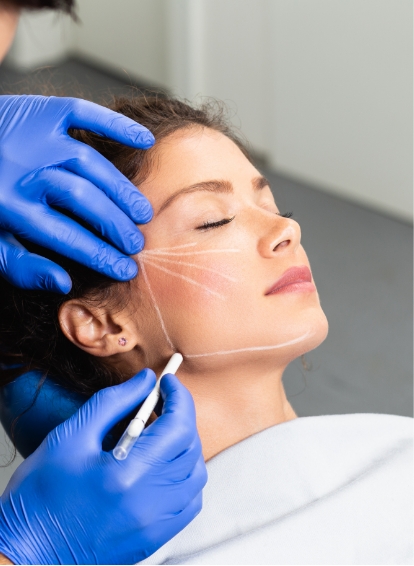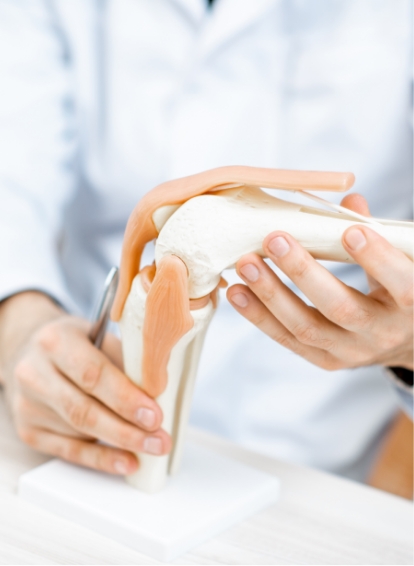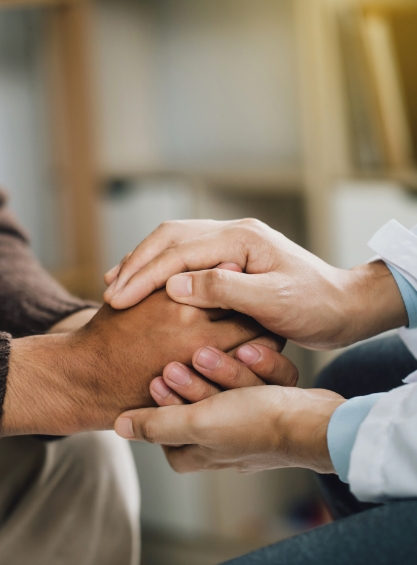Sports & Non-Surgical Orthopaedic Treatments
Achilles Tendon Pain
Achilles tendon pain, commonly experienced as soreness or stiffness in the back of the ankle, is often caused by overuse or strain on the Achilles tendon. This tendon connects the calf muscles to the heel bone and is essential for walking, running, and jumping. Achilles tendon pain can range from mild discomfort to severe pain that hinders mobility, especially if the tendon becomes inflamed or injured.
At The Clinica, our specialists in Sports & Non-Surgical Orthopaedics provide comprehensive treatment options to manage Achilles tendon pain, focusing on relieving discomfort, supporting healing, and preventing future injury.
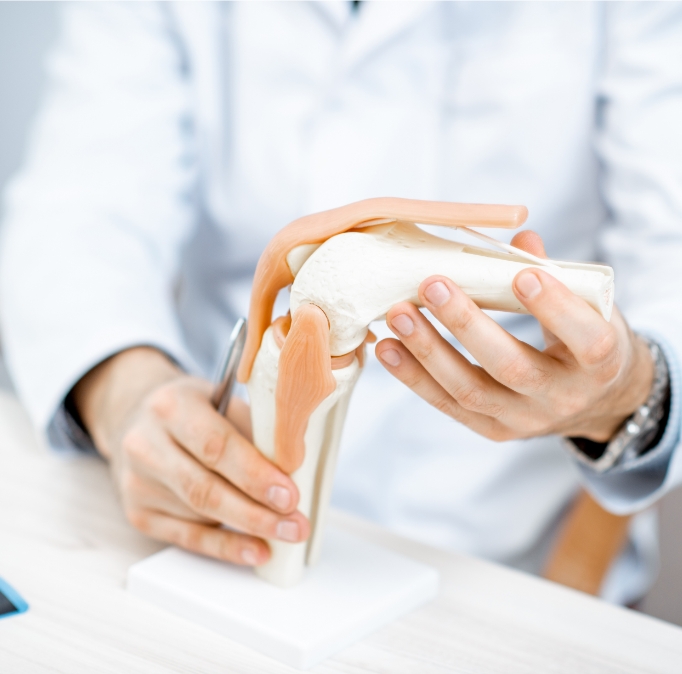
What is it?
Achilles tendon pain is discomfort that arises in the thick tendon connecting the calf muscles to the heel bone. As the largest and strongest tendon in the body, the Achilles tendon endures significant stress during activities that involve running, jumping, and abrupt movements. Pain can occur due to tendinitis, a condition where the tendon becomes inflamed from overuse, or from an Achilles tendon rupture, which is a more severe tear or rupture in the tendon fibres.
Achilles tendinitis typically develops gradually, with symptoms such as stiffness and mild soreness at the back of the heel or lower leg. This stiffness is often worse in the morning or after periods of inactivity and may ease with movement. However, if the strain on the tendon continues, it can lead to chronic pain, swelling, and eventually, tears. In cases of tendon rupture, patients experience sudden and severe pain, often accompanied by a popping sensation, leading to immediate weakness in the ankle.
Understanding the type and cause of Achilles tendon pain is essential, as different conditions require specific treatments for effective recovery and long-term prevention.
Book an appointment
Additional Information

Causes of the condition
Achilles tendon pain is commonly caused by repetitive strain or sudden increase in physical activity, especially in individuals who engage in high-impact sports or intense exercise. Running, jumping, and sudden pivoting movements place significant stress on the tendon, leading to microtears and inflammation. Training errors, such as increasing workout intensity too quickly or improper warm-up routines, are frequent contributing factors.
Poor footwear or inadequate arch support can also strain the Achilles tendon, as can running on hard surfaces or uneven terrain. Biomechanical issues, such as tight calf muscles or flat feet, can further exacerbate the condition by placing additional pressure on the tendon.
Age is another factor, as the Achilles tendon becomes less flexible and resilient with time, increasing susceptibility to injury. Conditions like obesity and high cholesterol levels have also been linked to Achilles tendon issues, potentially weakening the tendon structure and increasing the likelihood of pain.
Tests that can be done to confirm the condition
Diagnosing Achilles tendon pain begins with a physical examination, where the clinician assesses the ankle for signs of tenderness, swelling, and range of motion. The specialist may perform specific tests, such as the Thompson test, where gentle squeezing of the calf muscle can indicate a tendon rupture if there’s no response in the foot.
Imaging tests, such as ultrasound and MRI, are often used to confirm the diagnosis and assess the severity of the injury. Ultrasound provides real-time imaging of the tendon, allowing the clinician to detect inflammation, microtears, or tendon thickening. MRI is particularly valuable in diagnosing partial or complete tendon ruptures, as it offers detailed images of the soft tissue structures.
In some cases, X-rays may be recommended to rule out other conditions, such as bone spurs or fractures, which can contribute to Achilles tendon pain. These diagnostic tests help guide the treatment plan and estimate the recovery timeline.
Effective treatments
Treatment for Achilles tendon pain focuses on reducing pain and inflammation, promoting healing, and strengthening the affected area to prevent future injuries. Initial treatment often includes rest, ice application, and over-the-counter pain relievers. Avoiding activities that strain the Achilles tendon is essential for recovery, especially in cases of acute pain.
Physical therapy is a cornerstone of Achilles tendon recovery, with exercises designed to strengthen the calf muscles, improve flexibility, and support the tendon. Eccentric strengthening exercises, where the tendon is lengthened under load, have proven particularly effective for Achilles tendinitis, as they stimulate tendon healing. Stretching exercises targeting the calf muscles are also essential to reduce tension on the Achilles tendon.
In chronic or severe cases, non-surgical treatments like extracorporeal shockwave therapy (ESWT) may be recommended. ESWT uses sound waves to stimulate blood flow and promote healing in the damaged tissue. For cases of a partial or complete Achilles tendon rupture, surgical repair may be necessary. Post-surgical rehabilitation is crucial to regain strength and restore full function.
Book an appointment for an initial consultation
Booking an initial consultation at The Clinica is the first step toward effective management of Achilles tendon pain. During this consultation, our specialist will conduct a thorough evaluation, discussing your symptoms and reviewing your medical history to identify contributing factors. A physical examination of the ankle and calf will help pinpoint the location and severity of the injury.
If necessary, imaging tests such as ultrasound or MRI will be arranged to confirm the diagnosis and guide treatment. Based on these findings, a personalised treatment plan will be developed, focusing on pain relief, rehabilitation, and strategies to support long-term tendon health.
Frequently Asked questions
Recovery time varies based on the severity of the injury. Mild cases may improve within weeks, while severe or ruptured tendons may require months of treatment and rehabilitation.
Yes, most cases of Achilles tendinitis improve with non-surgical treatments like rest, physical therapy, and pain management. Surgery is generally reserved for complete ruptures or persistent pain.
Yes, stretching exercises targeting the calf muscles can relieve tension on the Achilles tendon, reducing pain and preventing future strain. A physical therapist can guide you with specific stretches.
Imaging tests, such as ultrasound or MRI, are often recommended if the pain is severe, persistent, or if there is suspicion of a tendon tear, to assess the extent of the damage accurately.
It’s essential to avoid activities that strain the Achilles tendon until it has healed. Low-impact exercises, such as swimming or cycling, may be suitable alternatives during recovery.
Specialised Clinics
General Enquiries
Please send your enquiry to us and our Practice Manager will be in touch shortly. Alternatively, if you would rather speak to us or your enquiry requires our urgent attention, please call us on 01344 946363.

